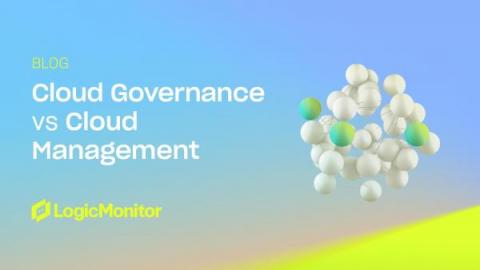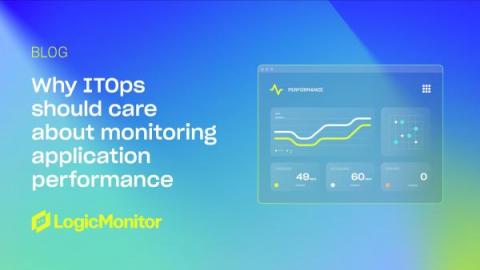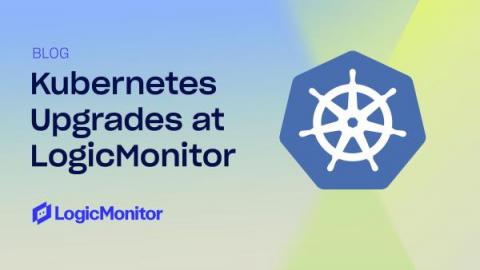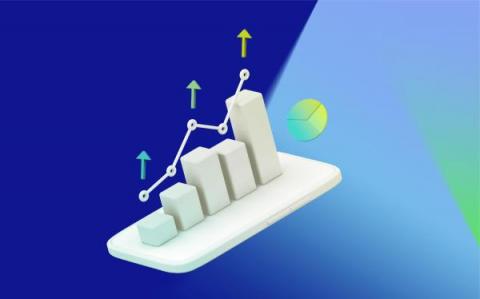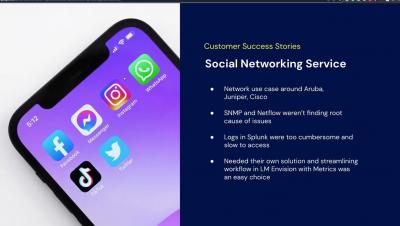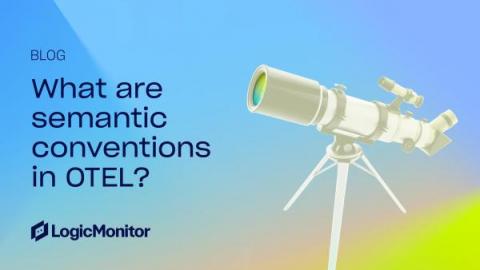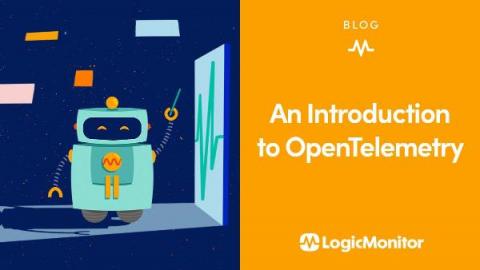Cloud Governance vs. Cloud Management
The cloud has revolutionized the way businesses operate. It allows organizations to access computing resources and data storage over the internet instead of relying on on-premises servers and infrastructure. While this flexibility is one of the main benefits of using the cloud, it can also create security and compliance challenges for organizations. That’s where cloud governance comes in. Cloud governance is a framework for managing and regulating how data is accessed and used in the cloud.


